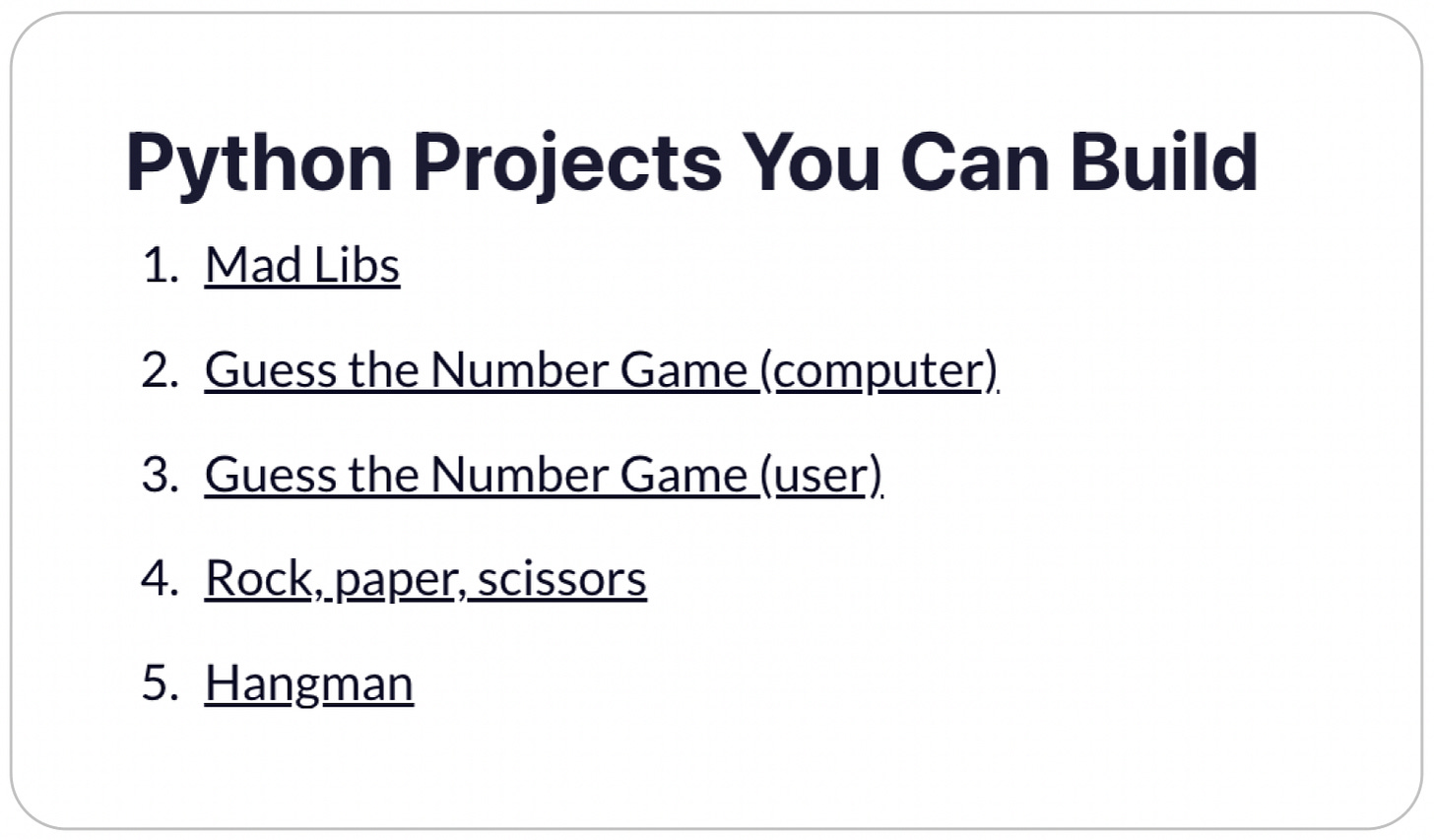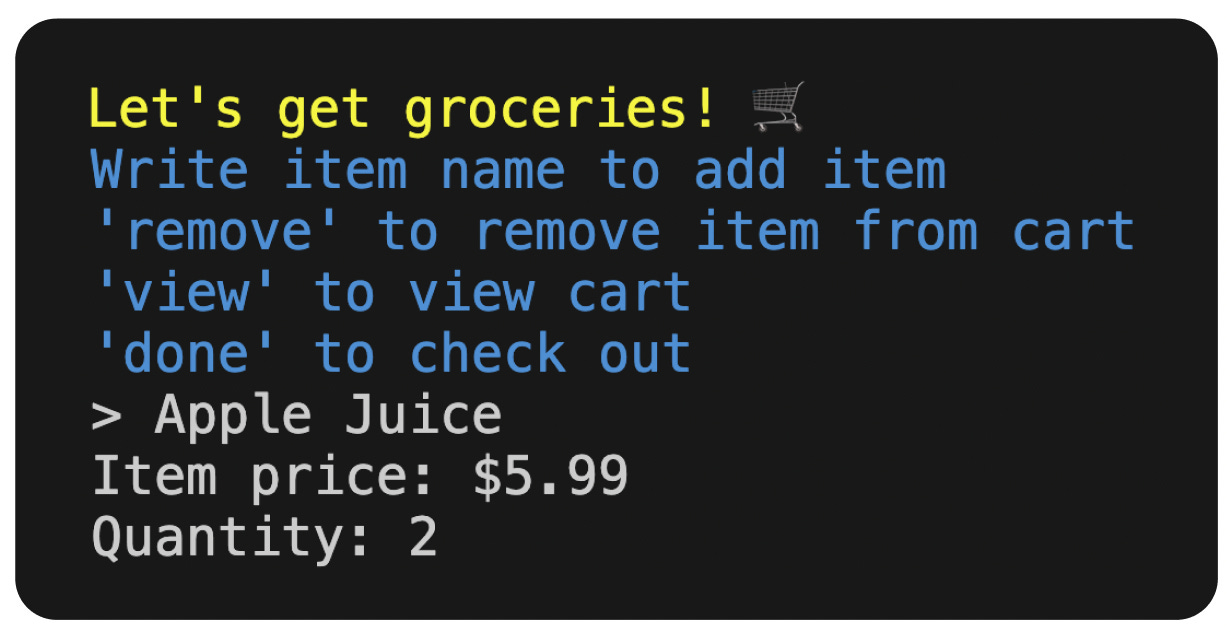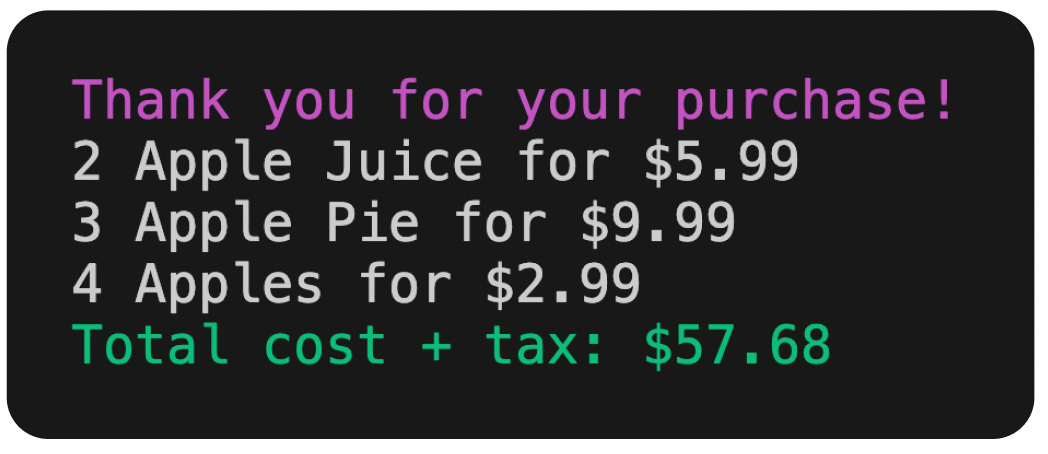3 Not-So-Lame Projects for Your First 3 Weeks of Python
"Silly" projects are not silly after all.
Every week, I make a visual map of my Python journey — I share what I learn, how I learned it, and how you can too.
It’s me, hi. I’m the problem. It’s me.
While I’m not a major Taylor Swift fan, those lyrics are true — the biggest problem I faced when starting to learn Python was myself. I hated learning stuff that I thought was “useless” or “silly”.
Whenever I’d look up “cool python projects for beginners”, I’d get frustrated whenever the results looked like this:
I would immediately think, “Mad Libs, really? Guessing a number? Why would I spend hours of my life learning how to make a silly little game?”
Even though I initially dismissed these projects as kiddie exercises, I quickly realized that these types of projects are like a “Python Right of Passage”. As much as I wanted to build complex programs from the get-go, you can’t climb Mt Everest after going on a 15-min walk.
So I’ve put together 3 projects for your first 3 weeks of learning Python that are challenging and not as lame as guessing a number.
Week 1: Simple Calculator
Week 1 will be a week of firsts — installing Python into your computer, learning how to use your code editor, and printing the iconic “Hello World”. As your first project, you’ll create a simple calculator that lets you practice nearly all of the Week 1 must-learn topics.
Must-Learn Topics: Variables, Printing, User Input, If Statements, While Loops, Lists, For Loops
Project Instructions:
To start building your calculator, kick off your program with 2 variables that you will run your calculations on
Request the user to input either “+” to add, “-” to subtract, “*” to multiply, or “/” to divide
Depending on the user input, create a program that either adds, subtracts, multiplies, or divides a and b together
Extra Challenge: With the instructions above, the program will automatically end after each calculation runs. Instead of having to restart the program each time, create a while loop to allow the user to test out different calculation options until they input “STOP” to quit the program.
Week 2: Tic-Tac-Toe
Do not be fooled. Tic-Tac-Toe sounds like a kiddie project, but it definitely is not. This seemingly simple game will force you to shift your mental gears into a “programmatic” way of thinking. I enjoyed this project so much that I wrote a whole post about my Tic-Tac-Toe experience (read it after you finish the project).
Must learn topics: Matrices, Functions
Project Instructions: To avoid giving away hints, I’ll keep the instructions high-level.
Start the project with a game board — that’s right, you’ll need to make a visual in Python that mimics the Tic-Tac-Toe game board
Allow your players to place their Xs and Os on the board, while keeping track of which spots have been taken already
Check for a winning combination and announce which player is the winner or if the game ended in a draw
Extra Challenge: While I found this project challenging enough, one way to up the difficulty level is by creating a single-player game, i.e. programming Player 2 to automatically select a position after Player 1 has made a move.
Week 3: Shopping Cart Program
We’re living in the age of e-commerce — whether you use Amazon or DoorDash, there is a shopping cart icon in almost every consumer website out there. So this project will give you a taste of a simplified shopping cart logic.
Must learn topics: Adding / Removing / Finding Items in Lists, List Comprehensions, Tuples, Dictionaries
Project Instructions:
Create a simple shopping cart program that allows users to add items to a cart, remove items, and view the cart's contents
As soon as the user adds an item to their cart, request the item price and quantity
Once the user is ready to “check out”, print out a receipt of all of the items purchased and the total amount owed plus tax
Extra Challenge: Add an “Edit cart” feature for the user to adjust the price or quantity of the items already in the cart.
Hope these projects motivate you to start your first 3 weeks of learning Python. Let me know if you try any of these!











Your journey through Python is both inspiring and relatable, your writing is exceptional—both insightful and captivating. You have a natural talent for explaining complex concepts in a way that’s clear and engaging. Keep up the fantastic work, your voice shines through beautifully!
Another great update Adriana! Well done 👏🏾 P.S. I was exactly the same as you when I was learning Python, difference is I stopped before the epiphany came lol. I wanted to learn strictly for data analytics work so it was Pandas or nothing. In the end I realised I was just happier with SQL 😂